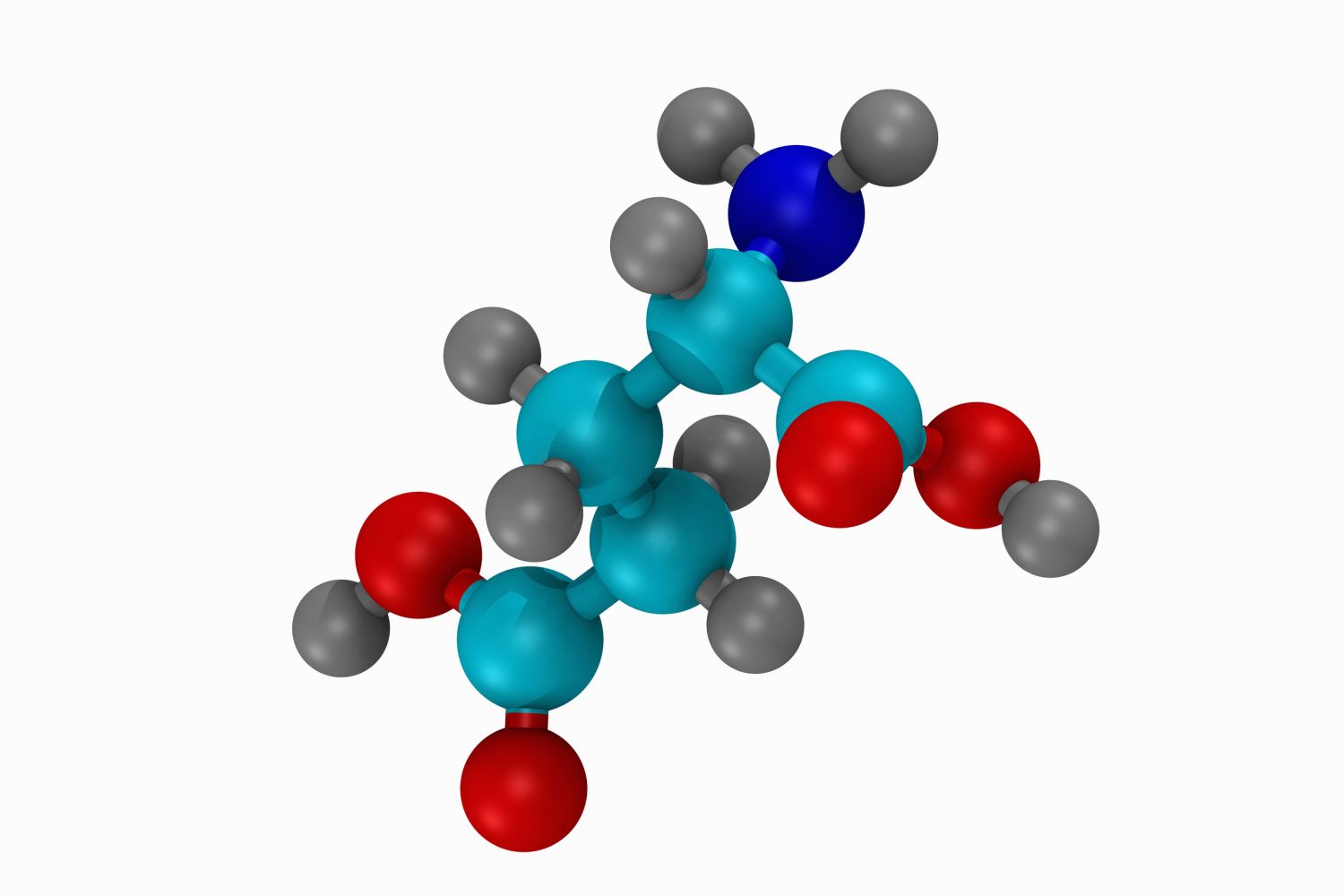
1q21.1 Duplication Syndrome is a rare genetic disorder caused by an extra copy of a small segment of chromosome 1. This condition can lead to a variety of developmental and health challenges. Symptoms often include developmental delays, intellectual disabilities, and distinctive facial features. Some individuals may also experience heart defects, seizures, or behavioral issues. Diagnosis typically involves genetic testing, such as chromosomal microarray analysis. While there is no cure, early intervention and supportive therapies can significantly improve quality of life. Understanding this syndrome is crucial for affected families and healthcare providers. Let's dive into 12 essential facts about 1q21.1 Duplication Syndrome.
What is 1q21.1 Duplication Syndrome?
1q21.1 Duplication Syndrome is a rare genetic condition caused by an extra copy of a small segment of chromosome 1. This duplication can lead to various developmental and health issues. Understanding this syndrome helps in managing its effects better.
-
Chromosome 1q21.1: This segment of chromosome 1 contains several genes. When duplicated, it can disrupt normal development and function.
-
Genetic Inheritance: The syndrome can be inherited from a parent or occur as a new mutation. Parents with the duplication may or may not show symptoms.
Symptoms and Characteristics
Individuals with 1q21.1 Duplication Syndrome can exhibit a wide range of symptoms. These symptoms can vary greatly even among family members.
-
Developmental Delays: Many children with this syndrome experience delays in reaching milestones like walking and talking.
-
Intellectual Disability: Some individuals may have mild to moderate intellectual disabilities, affecting learning and daily activities.
-
Autism Spectrum Disorder: There is an increased risk of autism spectrum disorder, which can impact social interactions and communication.
-
Physical Features: Some may have distinct facial features, such as a high forehead, wide-set eyes, or a flat nasal bridge.
Health Issues
The syndrome can also lead to various health problems. Regular medical check-ups are essential for managing these issues.
-
Heart Defects: Congenital heart defects are common, requiring monitoring and sometimes surgical intervention.
-
Seizures: Some individuals may experience seizures, necessitating medication and medical supervision.
-
Vision Problems: Issues like strabismus (crossed eyes) or refractive errors may occur, needing corrective lenses or surgery.
Diagnosis and Testing
Diagnosing 1q21.1 Duplication Syndrome involves genetic testing. Early diagnosis can help in planning appropriate interventions.
-
Chromosomal Microarray Analysis: This test detects duplications or deletions in chromosomes, confirming the presence of the syndrome.
-
Prenatal Testing: Expectant parents with a family history of genetic disorders can opt for prenatal testing to check for the duplication.
Treatment and Management
While there is no cure for 1q21.1 Duplication Syndrome, various therapies and interventions can improve quality of life.
- Early Intervention Programs: These programs provide therapies like speech, occupational, and physical therapy to support development.
Understanding 1q21.1 Duplication Syndrome is crucial for providing the best care and support to those affected.
Understanding 1q21.1 Duplication Syndrome
1q21.1 Duplication Syndrome is a rare genetic condition that can affect individuals in various ways. Symptoms range from developmental delays to physical abnormalities. Early diagnosis and intervention are crucial for managing the condition effectively. Genetic counseling can provide valuable support to families, helping them understand the implications and plan for the future.
Research continues to uncover more about this syndrome, offering hope for better treatments and outcomes. Awareness and education are key to supporting those affected and their families. By staying informed, advocating for research, and fostering a supportive community, we can make a difference in the lives of those impacted by 1q21.1 Duplication Syndrome.
Remember, every bit of knowledge helps in navigating this journey. Stay curious, stay informed, and support one another.
Was this page helpful?
Our commitment to delivering trustworthy and engaging content is at the heart of what we do. Each fact on our site is contributed by real users like you, bringing a wealth of diverse insights and information. To ensure the highest standards of accuracy and reliability, our dedicated editors meticulously review each submission. This process guarantees that the facts we share are not only fascinating but also credible. Trust in our commitment to quality and authenticity as you explore and learn with us.


